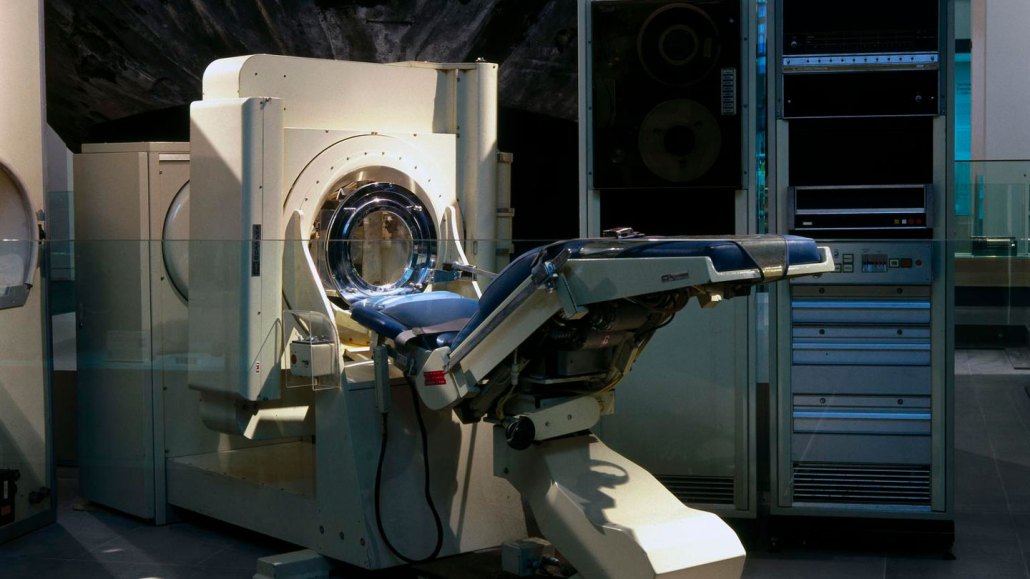50 years ago, X-rays provided an unprecedented look inside the brain
Excerpt from the September 1, 1973 issue of Science News

EMI brain scanners (one shown) developed in the 1970s paved the way for modern CT scanners, which can be used to examine the inside of the entire body.
Science Museum Group Collection © The Board of Trustees of the Science Museum (CC BY-NC-SA 4.0)








